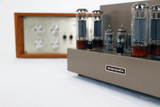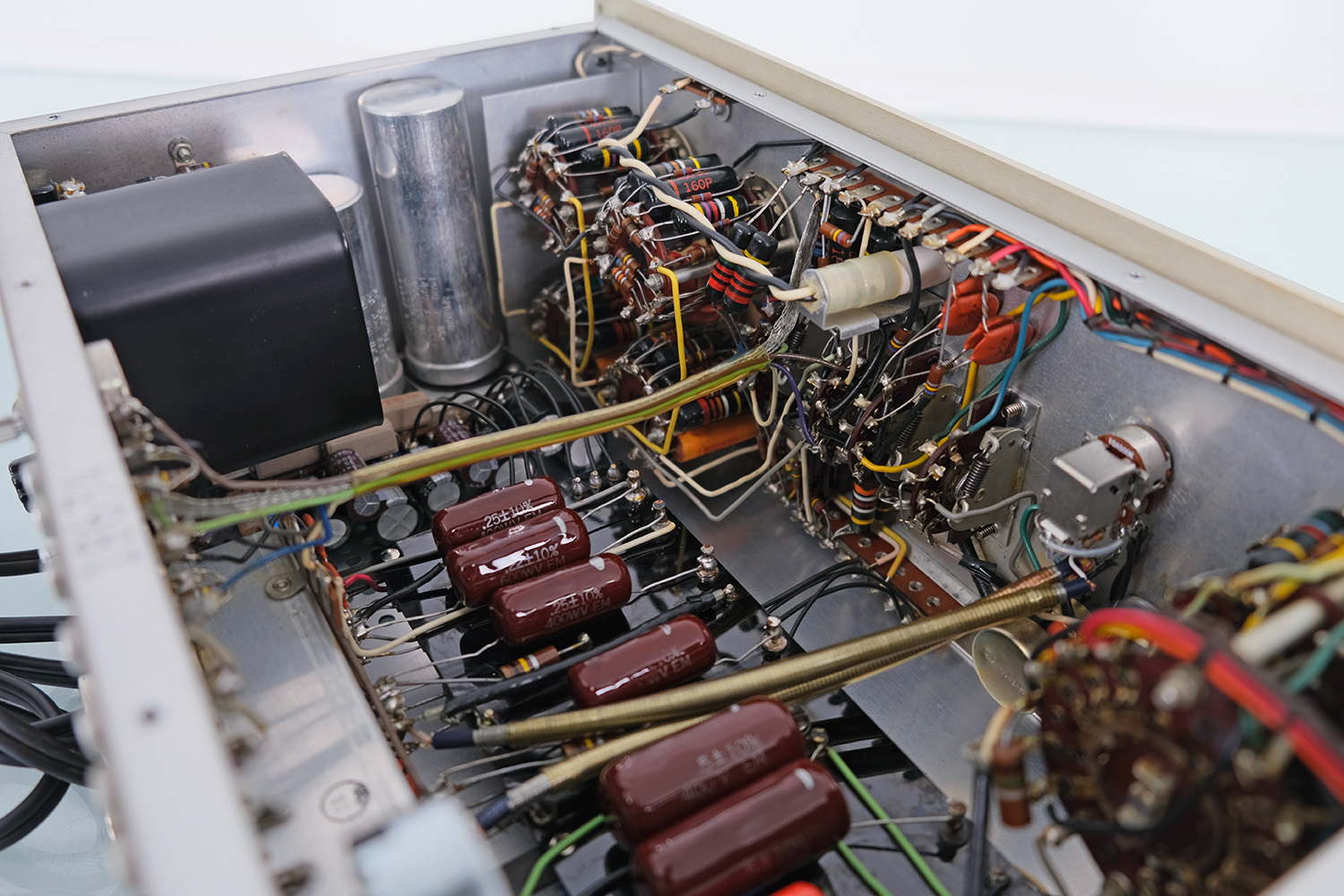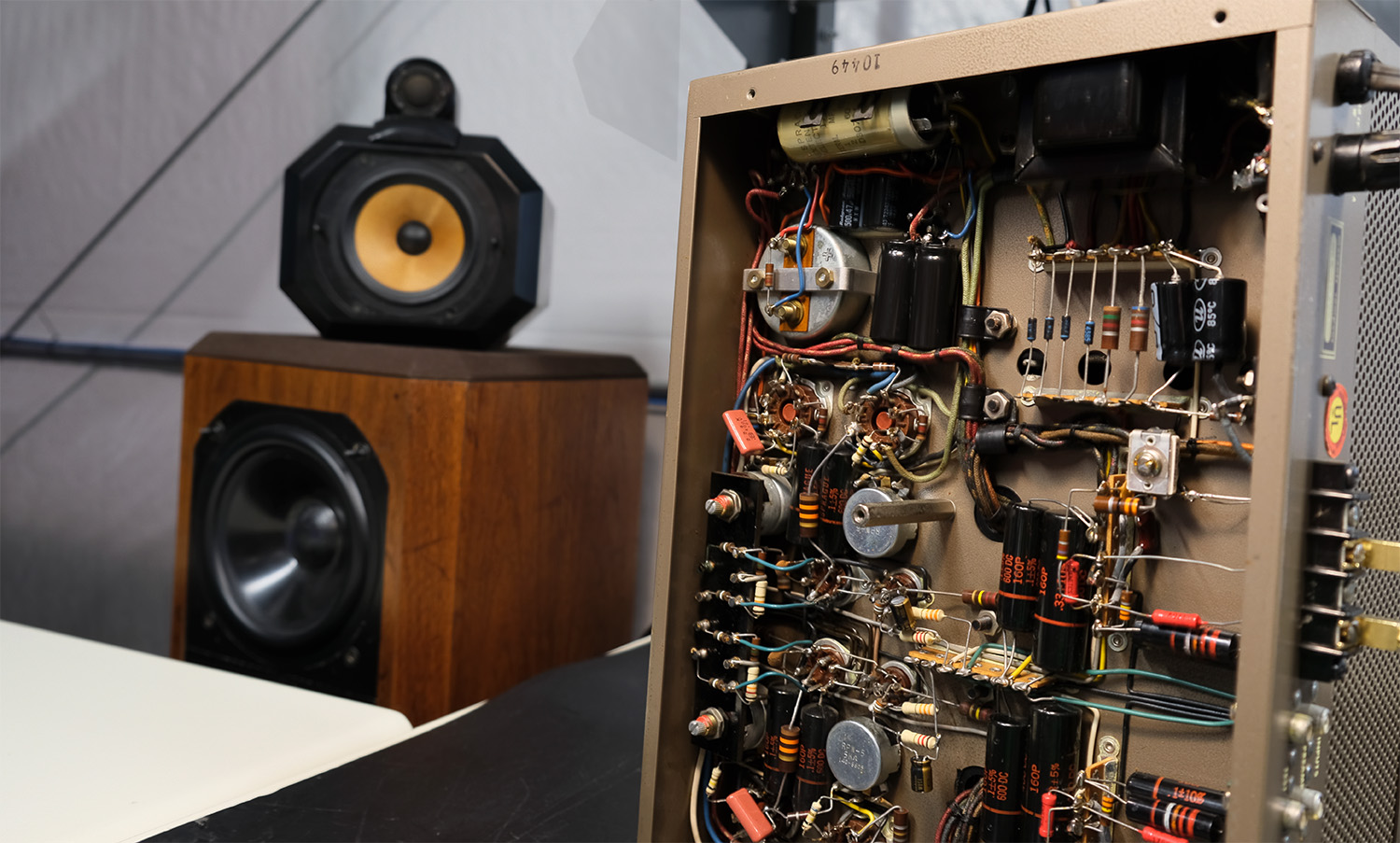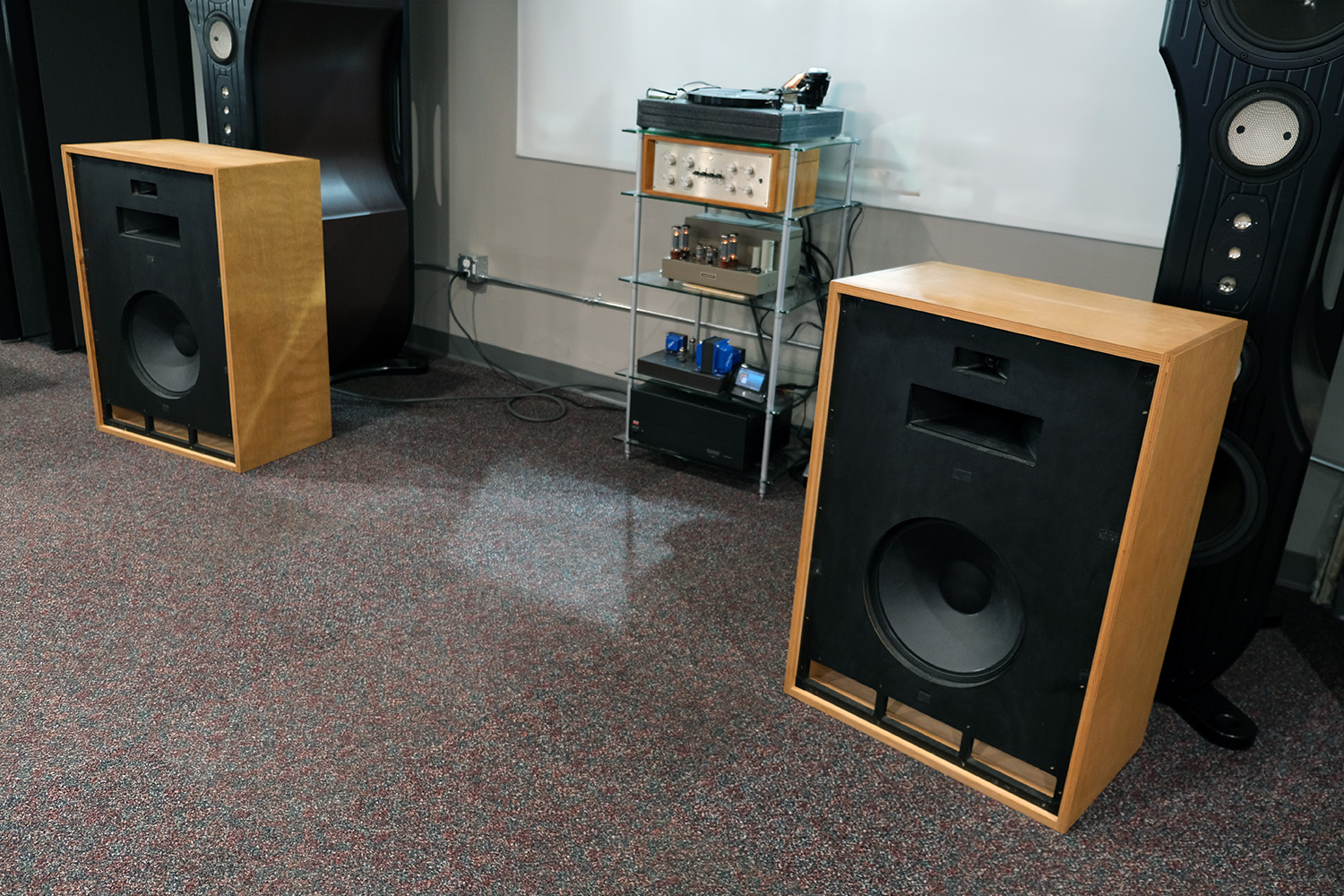Walk a Thin Line - Legendary Vintage Marantz Model 7C and 8B Restoration

Most audiophiles are familiar with the legendary Marantz 7C Preamp and Model 8B Amplifiers from the early 1960s which were designed by Sid Smith and Saul Marantz himself. Imitation is often considered the sincerest form of flattery, and the Marantz 7C circuit has been replicated numerous times in other high-fidelity equipment over the decades. Here at The Music Room, we handle some of the most rare and unique HiFi components out there.
Heirloom HiFi
When dealing with something as renowned as this, attempting restoration becomes one of the most challenging endeavors. Any alteration from the original design impacts its value in some way. Our objective was to maintain the units' originality as much as possible while ensuring they could be enjoyed on a daily basis. It involved striking a compromise between preserving complete authenticity and undertaking a complete rebuild with modern components. We wanted to experience these units just as Saul intended.
We obtained these units from their second owner, who had possessed them for nearly 50 years and regularly used them during that time. The previous owner had periodically serviced them, resulting in a mishmash of parts from different eras, uneven repairs, and questionable safety practices.

The main focus of our work revolved around removing five decades' worth of grime and corrosion, testing the original components to ensure they fell well within acceptable tolerances, and replacing critical signal path parts with analogs from the appropriate era.
Vintage Gold
Naturally, there were instances where employing vintage components wasn't the best choice, either due to safety concerns or stability issues. In those cases, carefully selected modern replacements were sought. We made a point to remove as few original parts as possible, and only when absolutely necessary. For instance, we completely rebuilt the 7's power supply with modern components, while leaving the original circuit entirely intact but disconnected.

Testing, Testing, and Testing Again
Restorations of this kind are always considerably more time-consuming than the typical tasks of recapping and cleaning that are more commonplace. Testing components without removing them or causing damage requires great care and relies on thorough circuit analysis. Each connection must be meticulously cleaned and polished. Achieving a clean chassis without compromising its integrity demands rather laborious methods.
The restoration work progressed steadily but at a measured pace. Sourcing vintage components can be challenging, but fortunately, we had a good inventory to work from, including the preservation of carbon comp resistors. Once the restoration work was complete, we eagerly anticipated the performance of this legendary combination. To evaluate the combo, we opted for a vintage pair of Vintage Klipsch Cornwalls in our repair lab.

An Abundance of Detail
It was truly an honor to listen to these units. They presented an abundance of fine details with just a hint of that vintage warmth. Above all, they were dynamic and captivating, compelling us to continue listening. An excellent measure of how impressive something sounds is its ability to captivate the attention of the staff. This particular setup, to put it mildly, brought everything to a halt. It's easy to understand why the previous owner saw no need for an upgrade—it simply sounds right.


